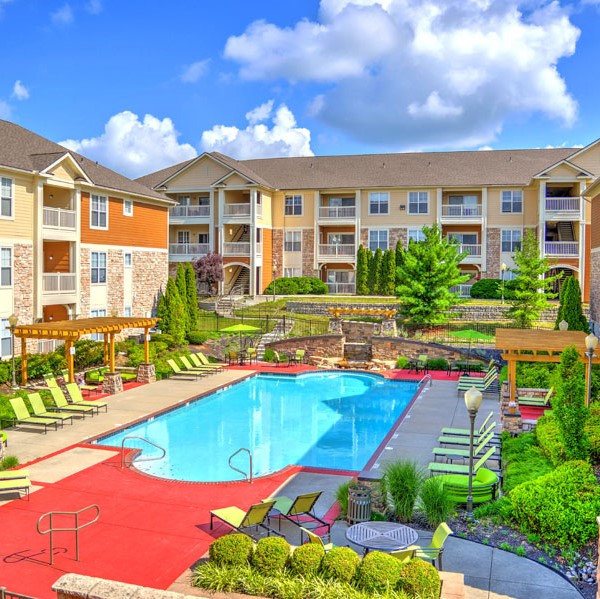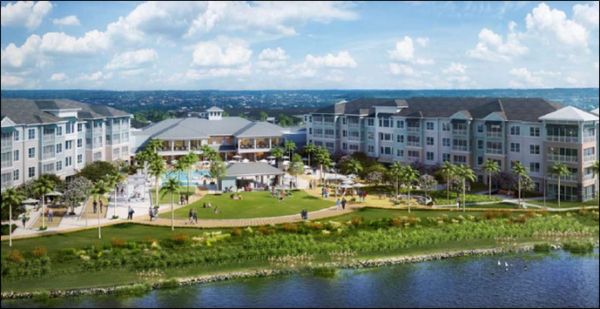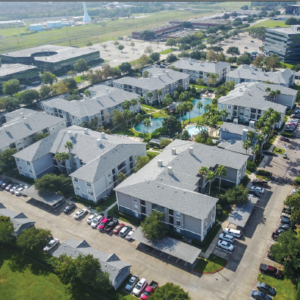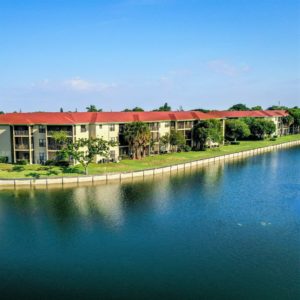The methodical growth of the national office market from 2010 through early 2020 has halted, as the United States remains the epicenter of the COVID-19 outbreak. Unemployment assistance is currently set to expire during the third quarter, which could create additional challenges for recipients and slow economic recovery, and thus the office market’s rebounds.
Market indicators during the second quarter of 2020 affirmed the industrial sector’s strength as an asset class, even within the context of COVID-19. Space under construction remains near cyclical highs, and vacancy, while rising, remains near an all-time low.
Below are key takeaways from the following report:
Q2 2020 National Office Market – Newmark Knight Frank – Report Link
Q2 2020 National Industrial Market Report – Newmark Knight Frank – Report Link
Download the PDF version of this report here:
Q2 2020 National Office Market
Newmark Knight Frank
- The US office market, behind retail, is possibly the most vulnerable to the effects of COVID
- Pre-COVID, construction activity was at a cyclical high, giving a reason to worry when deliveries begin their stabilization during a largely stagnant market
- Asking rents have plateaued and concessions are spiking. Effective rent is in a downward trend.
- Landlords are looking for ways that they can make their space more responsive to new tenant demands to accommodate safe working environments
- Post-COVID, do not expect the same rate of new construction. It will be closely monitored how well the market can bring back demand and absorb new space and current vacancy.
- The return of the office market to positive market fundamentals is closely aligned with how states and big CRE markets open back up and properly contain the virus
Q2 2020 National Industrial Market Report
Newmark Knight Frank
- Despite decreasing demand given the fact that COVID has caused some stagnation with tenants, industrial is an expanding asset class in CRE
- Asking rents increased in Q2 by 1.2% compared to the previous quarter, and vacancy remained low
- Construction was robust in Q2 as the need for ecommerce has accelerated amid COVID worries
- The pipeline for new construction should be closely monitored when spec properties deliver in 2021. It is yet to be seen if the demand will come back in time to meet the spike in supply. The overall vacancy may see a slight bump, although not too disruptive to the industry as a whole.
- COVID has proved what many experts speculated, that industrial is the most stable and well-performing asset class. Amid the global pandemic, sector fundamentals remain strong.




